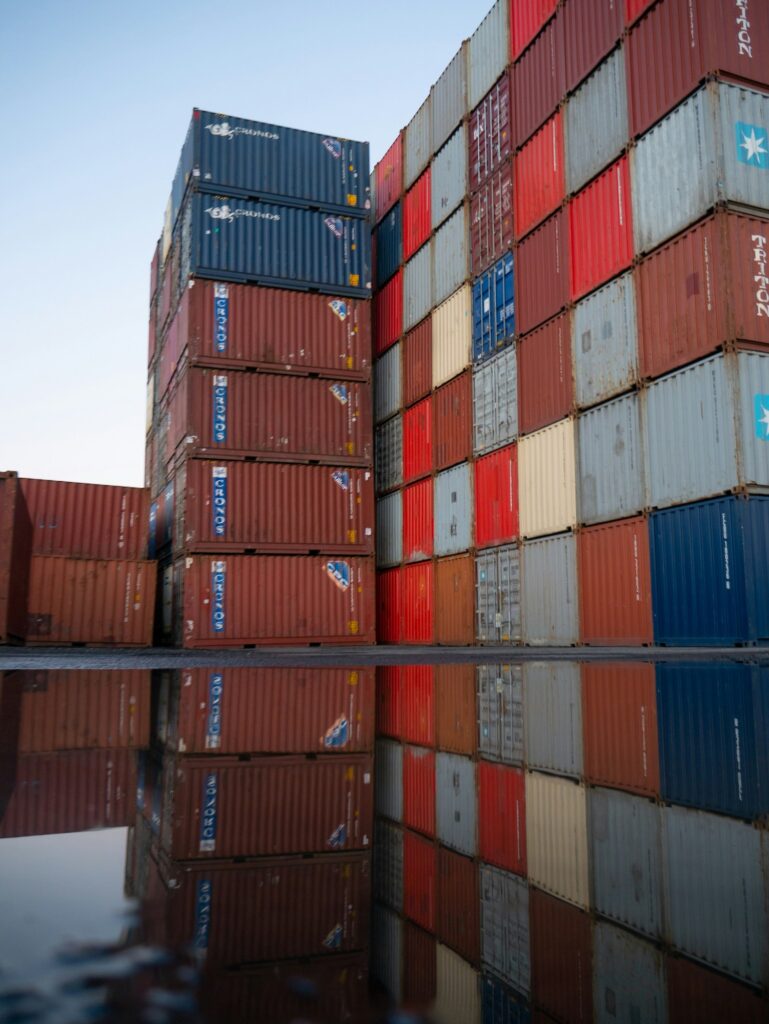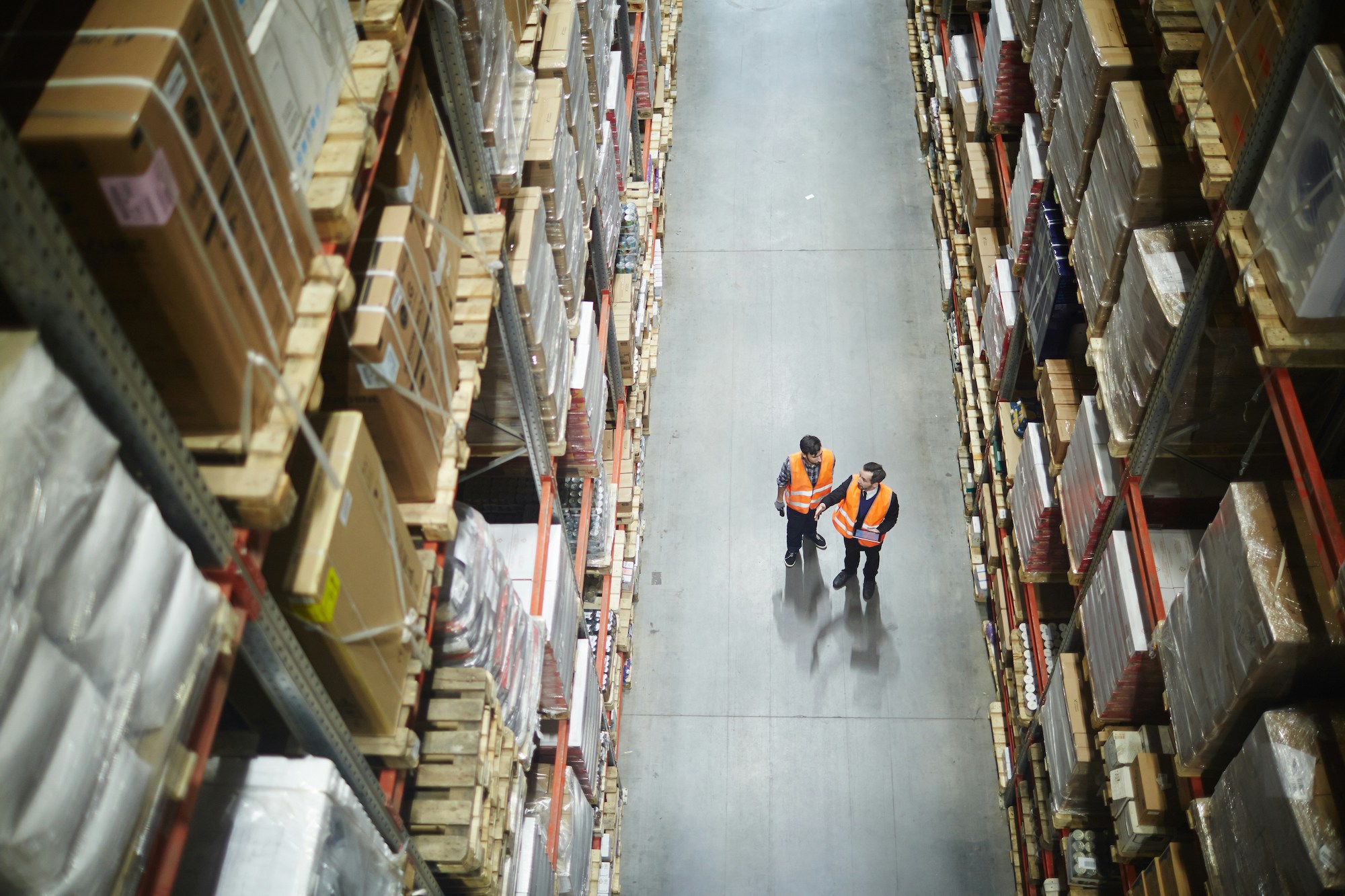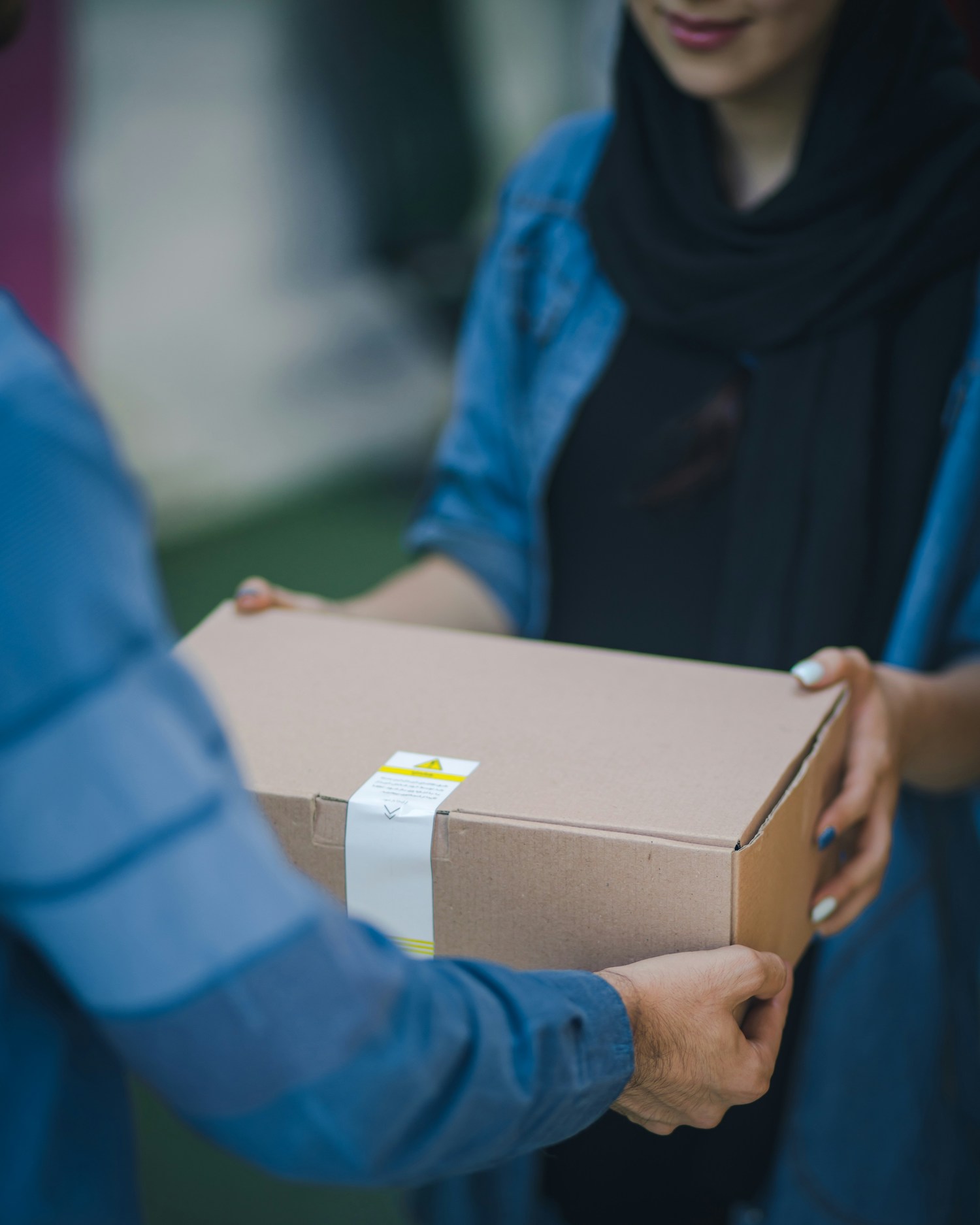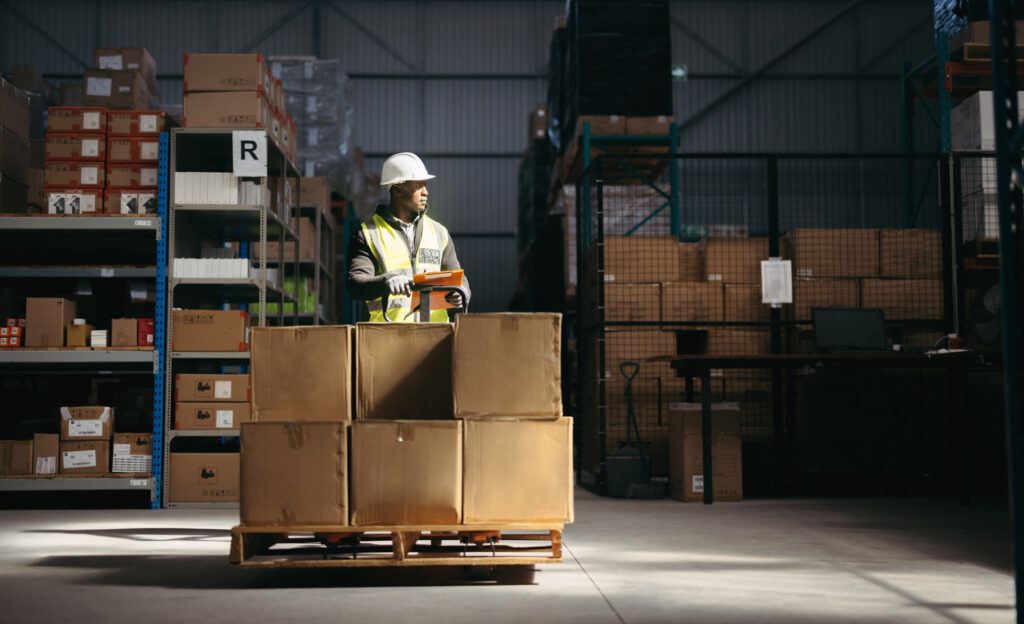You’ve heard the FTZ pitch before.
Duty deferral. Cash flow advantages. Reduced tariffs. It’s all true—but it’s also incomplete.
At North Bay Distribution, we work with fast-moving brands that don’t just want to save money—they want to build logistics strategies that stand up to uncertainty. FTZ is part of that picture. But it’s just one piece of a broader, more powerful framework: a resilient logistics ecosystem.
FTZ Is a Tool—Not the Strategy
Foreign Trade Zones (FTZs) are one of the most powerful tools available to importers looking to offset volatility and optimize costs. When leveraged as part of a larger logistics strategy, they create measurable value across several critical areas:
Deferred or Reduced Duties Until Goods Leave the Zone
FTZs allow importers to defer the payment of duties and tariffs until products are shipped into U.S. commerce. If the goods are re-exported or never enter domestic circulation, those duties are avoided altogether. This improves cash flow, reduces financial risk, and frees up working capital—especially valuable for businesses with longer inventory turnover cycles or seasonal products.
Lower Total Landed Costs
By assembling, manufacturing, or packaging goods inside an FTZ, companies may qualify to pay duties based on the classification of the final product rather than the individual components—often leading to significant savings. Combined with the deferral or elimination of duties, FTZ use meaningfully reduces total landed cost per unit.
Streamlined Customs Procedures
Operating inside an FTZ often means fewer administrative hurdles. Instead of filing customs entries for each shipment, businesses consolidate entries on a weekly basis, cutting down on brokerage fees and paperwork. This not only reduces compliance overhead but also helps operations teams move faster and with fewer errors.
Flexibility in Product Reclassification or Re-Export
Whether you’re importing components from multiple countries or pivoting production based on demand, FTZs offer room to maneuver. Products are altered, reassembled, or repackaged in-zone, then either released into the U.S. or shipped internationally. This flexibility allows for smarter inventory decisions and more dynamic global strategy execution.
Where FTZs Fall Short — The Gaps They Don’t Fill
Despite the financial and operational advantages of FTZs, they aren’t a catch-all solution. Too often, brands overestimate the impact of FTZs while underestimating the broader complexities of modern logistics. Here’s where FTZs fall short:
Shifting Demand Patterns
Consumer behavior changes fast—especially in DTC and omni-channel markets. FTZs reduce cost per unit, but they can’t predict when or where demand will spike. Without dynamic inventory planning and demand forecasting tools, brands are left with overstocked warehouses or empty shelves in key regions. FTZ savings won’t make up for missed sales or slow delivery.
Transportation Disruptions
From port congestion to carrier rate hikes to extreme weather events, transportation remains one of the most volatile parts of the supply chain. FTZs don’t solve for freight bottlenecks, cross-dock delays, or last-mile inefficiencies. When your fulfillment network isn’t diversified or agile, savings on duties won’t matter—because your product isn’t arriving on time.
Labor Shortages or Warehouse Inefficiencies
Many companies assume savings from FTZs will help offset warehouse inefficiencies—but the reality is that poor operations compound over time. Labor shortages, manual processes, and outdated warehouse systems result in missed SLAs and delayed orders. Without automation or integrated WMS capabilities, even FTZ-enabled operations become a bottleneck.
The Need for Faster Fulfillment and Greater Visibility
Today’s customer expects rapid delivery and real-time order tracking. FTZs don’t provide that. Speed and transparency require tech-enabled fulfillment centers, integrated systems, and end-to-end visibility across inventory and transportation. Without this infrastructure, brands may save on customs but lose customer trust at the doorstep.
Relying solely on FTZs is like buying the best tires but skipping the suspension system. They help, but they can’t carry the load alone.
Common Pain Points We Hear From Brands
When clients come to North Bay Distribution, they’ve often already taken steps to optimize their logistics—but something still isn’t adding up. They’re not just looking for another vendor. They’re looking for answers. And most of them echo the same core frustrations:
Rising Costs Despite FTZ Participation
Many brands enter an FTZ expecting a meaningful dent in overall logistics spend—but still see their costs creeping up. Why? Because FTZs help with customs-related expenses, but not with the full stack of costs that impact margins: freight rates, storage inefficiencies, labor, packaging waste, and fulfillment errors. FTZs treat the symptom, not the system.
Delays Due to Siloed Systems and Partners
When your logistics partners, tech platforms, and fulfillment teams aren’t speaking the same language—or worse, aren’t speaking at all—delays become inevitable. Brands often deal with fragmented visibility, redundant touchpoints, and manual processes that slow everything down. These aren’t “shipping delays.” They’re ecosystem failures.
Lack of Clarity on Where Margin Is Being Lost
Spending is up, but where is it going? For many logistics teams, visibility into margin erosion is cloudy at best. From hidden carrier fees to inefficient inventory turns to poor space utilization, brands lose profitability in ways that aren’t always obvious—until it’s too late. FTZs might help you defer duties, but they won’t help you diagnose margin leakage.
Teams Constantly Playing Catch-Up
In today’s market, reactive logistics isn’t just inefficient—it’s dangerous. Many teams find themselves scrambling in response to tariff adjustments, supplier inconsistencies, or regulatory changes. Instead of executing on a forward-looking strategy, they’re stuck firefighting and realigning week to week. That kind of chaos isn’t just exhausting—it stunts growth.
NBD’s Ecosystem-First Approach
At North Bay Distribution, we don’t believe in standalone solutions. We believe in systems that work together—because resilience isn’t built from a single tool or tactic. It’s built from a logistics ecosystem designed to flex, scale, and support your business in real time.
Here’s what that looks like in practice:
FTZ Access, Baked into the Bigger Picture
We don’t tack on FTZ access as a quick win—we integrate it into a wider logistics strategy. That means aligning FTZ benefits with inventory flow, tariff exposure, and global sourcing strategies so your savings are optimized and sustainable. It’s not about checking a box. It’s about building a smarter import framework from the ground up.
Advanced Robotics and Warehouse Automation
Our fulfillment centers are equipped with cutting-edge automation and robotics technology that reduces labor dependence, increases order accuracy, and scales throughput without adding complexity. The result? 99% inventory accuracy and 99.98% order accuracy—giving you speed, consistency, and peace of mind at scale.
Strategically Located Fulfillment Centers
We’ve placed our facilities where they matter most: close to your customers. Our network allows you to reach 95+% of the U.S. population within 1–2 days via ground shipping—no expensive air freight, no unnecessary delays. This geographic advantage turns logistics from a cost center into a competitive edge.
Real-Time Data Transparency
With NBD, you get a clear line of sight into every part of your supply chain. From inventory levels and shipment status to order performance and return trends, our data systems provide actionable insights—not just dashboards. Your team makes faster, smarter decisions because they finally have the full picture.
Customer Success, Not Just Support
Forget impersonal support tickets. Our customer success teams are dedicated to your business, understanding your products, cycles, and customer expectations. Whether it’s handling a seasonal ramp-up or navigating a policy shift, we act as a strategic extension of your team—because your success is our performance metric.
A Better Way to Build Resilience
Volatility isn’t a passing phase—it’s the new normal.
Tariffs shift. Fuel costs surge. Global policy changes ripple across the entire supply chain. And customer expectations? They’re only rising.
In this environment, the brands that thrive are not the ones that simply absorb disruption. They’re the ones that design for it—building logistics systems that flex, scale, and adapt without compromising speed, cost, or customer experience.
If your current supply chain strategy begins and ends with “FTZ,” it’s probably solving today’s problems—but not tomorrow’s.
At North Bay Distribution, we believe resilience isn’t reactive. It’s proactive. It means creating an infrastructure that:
- Anticipates disruption
- Responds with agility
- And turns logistical friction into operational advantage
That’s why our ecosystem model exists—to help brands move from firefighting to future-proofing. From siloed and reactive, to integrated and intelligent.
Because surviving the next curveball isn’t enough.
Your logistics should help you grow through it.
Ready to build something better? Let’s talk.





